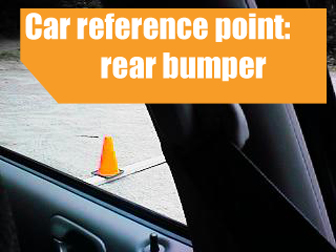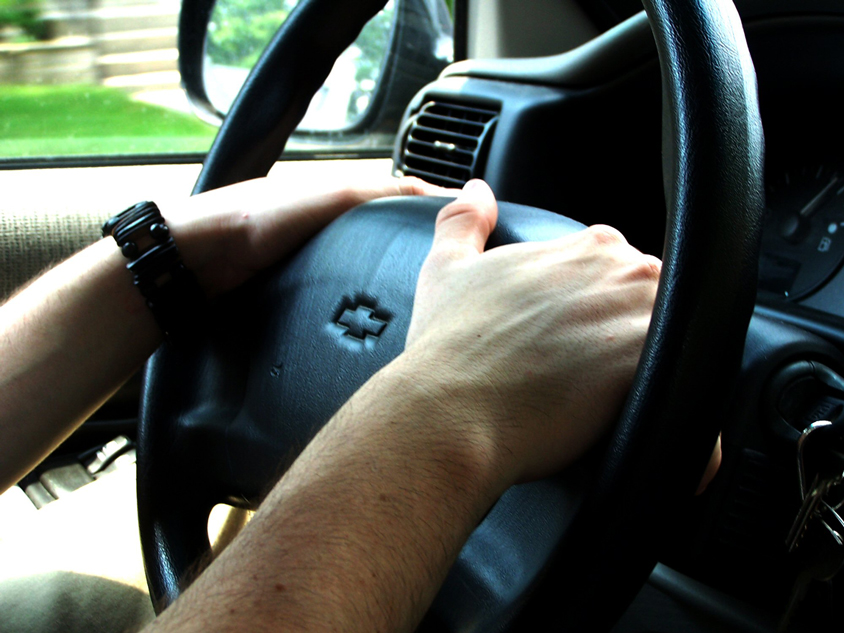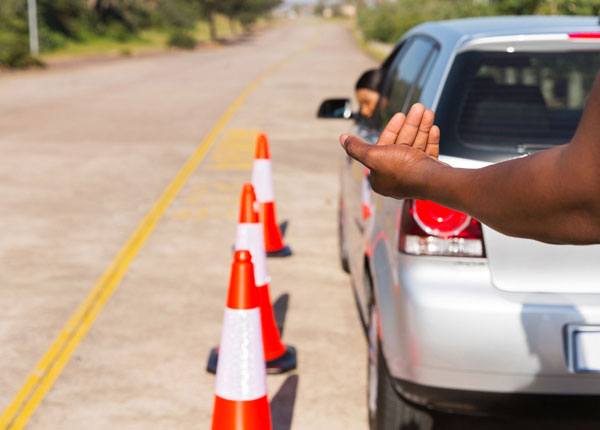
Standard Car Reference Points for Driving: Curb & Parallel Parking, Backing
Updated Oct. 26, 2020One of your biggest challenges as a new driver will be learning to identify where your vehicle sits in relation to the roadway. Developing this sense is essential, as it will make sure you can correctly position yourself within a lane and avoid colliding with the curb, other vehicles and obstacles. Correctly estimating your vehicle’s location is extremely hard, as your view from the driver’s seat will be impeded by the hood, dashboard and trunk. Reference points are the key to positioning and maneuvering your car accurately. Master these visual guides and challenging maneuvers like parallel parking will soon be a walk in the park.
When learning about car reference points it is important to remember that standard reference points are only ever approximations. Vehicles come in all shapes and sizes and as such, will have slightly different optimal reference points. Your car may be longer, shorter or wider than the vehicle used in these examples. Keep this in mind and adjust your reference points as necessary while practicing driving maneuvers. If the reference points are different, it is likely they will only be slightly off the mark.
Side position reference points
Side position reference points are used to locate a vehicle in relation to side-adjacent road markings and obstacles, like the curb or another parked car. These points of reference will help whenever you are trying to park or position yourself within a lane.
Left headlight
Your vehicle’s left headlight makes for an excellent reference point when attempting to park on the left side of the road. Take advantage of this reference point by imagining a line through the point where the left fender meets the hood. This point should line up with adjacent lane markings or the curb when you are three to six inches away, which is the distance you should aim for when parking or assuming lane position two.

To summarize, your left headlight should be used for reference when you need to do any of the following:
- Park next to the curb on the left side of the roadway
- Position the vehicle in preparation for a left turn
- Drive in lane position two
Center of the hood
When positioning yourself in relation to the right curb, use the center of your hood as a point of reference. This should allow you to maneuver very close to the right curb without hitting it. Generally, when the curb appears to intersect the middle of the hood from your viewpoint in the driver’s seat, your vehicle is in the ideal position, three to six inches away from it.

The center of the hood should be your reference point when trying to:
- Park the vehicle on the right side of the roadway
- Position the vehicle in preparation for a right turn
- Drive in lane position three
Reference points for the “STOP” line
You must be able to determine how close the front of your vehicle is to a stop line, once the line itself has been obscured by the hood. Drivers must stop as near to the line as possible, without the front bumper or any other part of the vehicle actually going over the line. Your side-view mirrors provide the best reference points to use in this situation. The image shows how a stop line would look in relation to your left side-view mirror, when your vehicle stops just before the line.

Here is how the stop line would look beside your right side-view mirror when the vehicle has stopped just before the line. If you are standing in the right lane, the stop line will not be visible from the right side window.

Rear end of the vehicle
When it comes to reversing and parallel parking, you must know the rear limit of your vehicle. Looking through your rear-view and side-view mirrors alone will not be enough to position your car correctly. Drivers must look over their left and right shoulders through the side windows to position their vehicle in relation to the curb line when parallel parking.
The image shows the curb line when the vehicle’s rear-end is positioned beside the curb, and the driver is looking over their left shoulder. In this situation, the door handle makes an appropriate reference point.

This image demonstrates what the curb line would look like through the side window, when the vehicle’s rear end is aligned with the curb and the driver is looking over their right shoulder.

How can curb reference points help you?
If – after reading this article – you are still wondering why so much emphasis is placed on car reference points in the driver’s ed program, consider these final points:
- 1

Understanding car reference points will help you get in and out of very tight parking spots. This skill will come in handy if you live or work in a busy urban area.
- 2

Knowledge of basic reference points will help you identify workable reference points in any vehicle you drive in the future. So, you will always feel comfortable and confident behind the wheel.
- 3

Parallel parking is a nightmare for new and experienced drivers alike. With car reference points to guide you, parallel parking will never be a problem.
- 4

You will be able to share the road with cyclists safely and confidently, as car reference points will show you exactly which lane position you are occupying and how far away you are from nearby bicycles.





